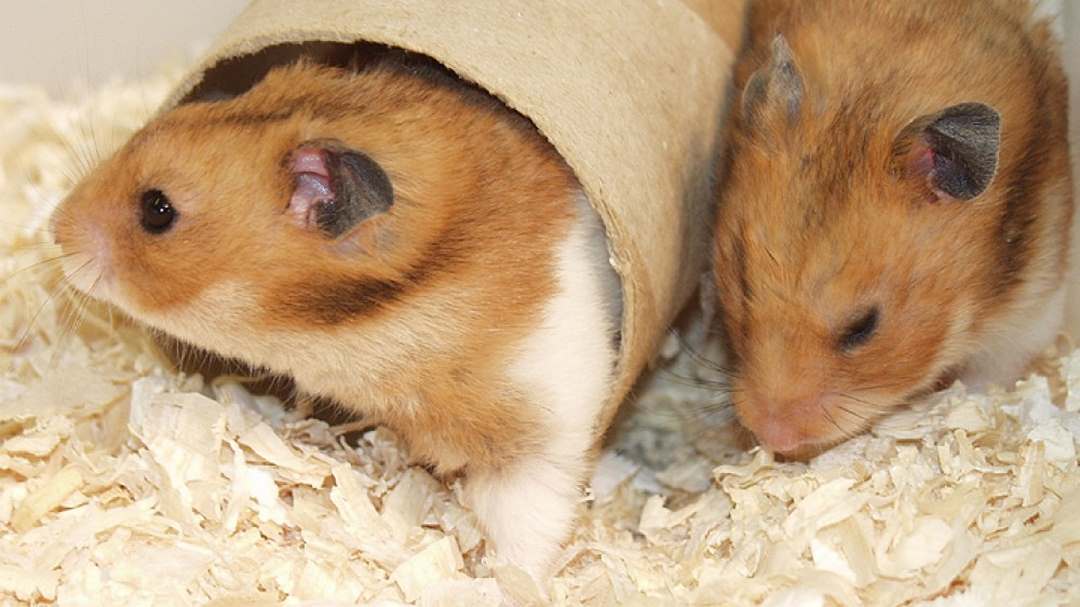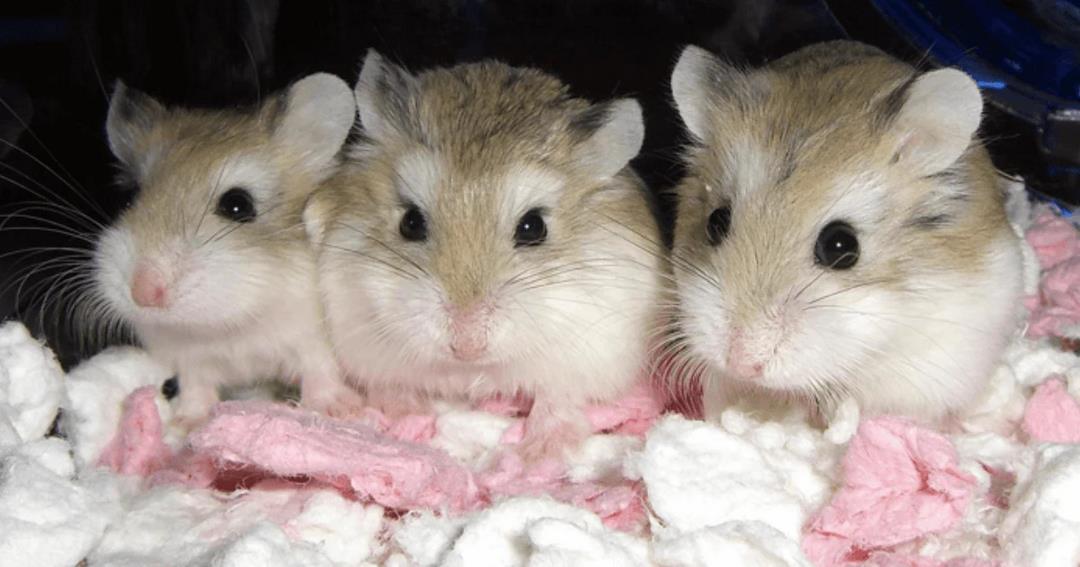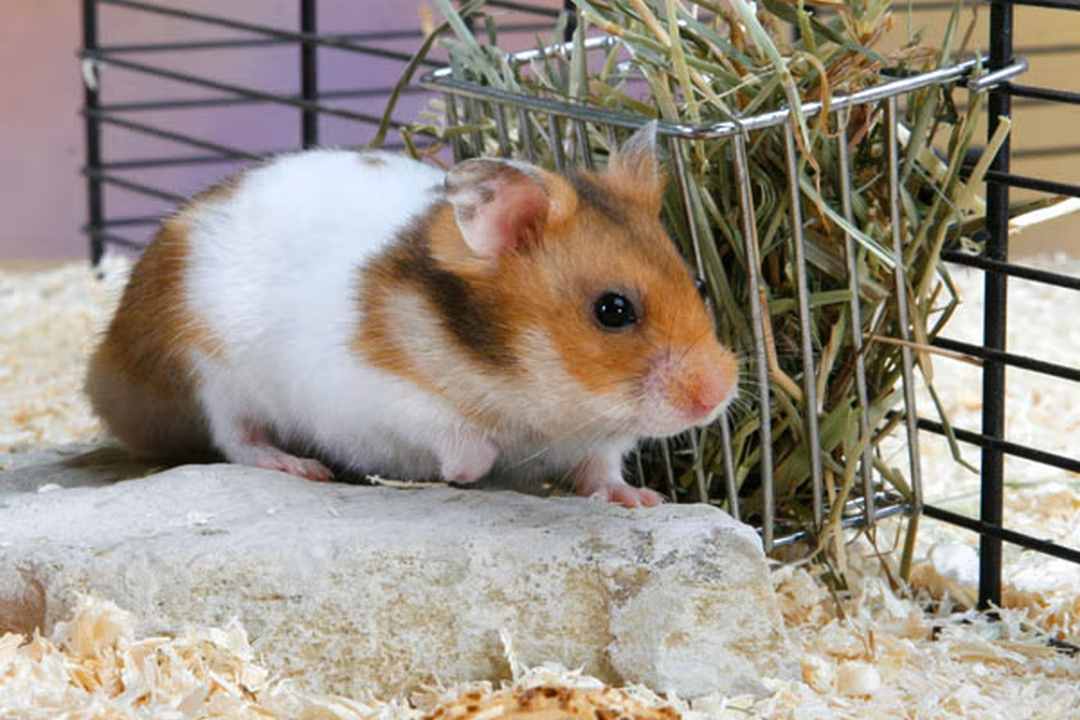There are many different types of hamsters today, but they are usually divided into two main categories: Syrian Hamsters (often referred to as Bears) and Dwarf Hamsters. Within these categories, there are five most popular types. In this article, we’ll dive into useful information about hamsters that every pet owner should know.
| Species | Scientific Name | Other Names | Region | Size | Lifestyle | Average Lifespan | Basic Colors |
| Syrian Hamster | Mesocricetus auratus | *Golden *Teddy Bear *Standard *Fancy |
Syria | 10-18cm | Solitary after 10 weeks of age | 2-3 years | Varied |
| Russian Campbell Dwarf Hamster | Phodopus sungorus | *Campbell *Djungarian *Dzungarian |
Asia | 10cm | Small group | 2 years | Varied |
| Winter White Russian Dwarf Hamster | Phodopus sungorus | *Djungarian *Siberian |
Russia, Asia | 8-10cm | Small group | 2 years | Sapphire, Pearl, Pearl Sapphire |
| Roborovski Hamster | Phodopus roborovski | *Roborovski Mongolian | Mongolia | 3.8-5cm | Small group | 3-3.5 years | Sandy brown |
| Chinese Hamster | Cricetulus griseus | *Striped Hamster *Chinese Striped Hamster |
Southern China, Mongolia | 10cm | Solitary | 1.5-2 years | Brown back, black dorsal stripe, ivory white belly |
1. Syrian Hamster
The Syrian Hamster, also known as the Teddy Bear Hamster or Golden Hamster, is one of the most popular types of hamsters.
Syrian hamsters are notable for their diverse range of coat patterns and colors—there are nearly 50 variations of fur styles and colors. They are also the largest type of hamster, with adult hamsters reaching a size of 10 to 18 centimeters, depending on their gender. One key point to remember is that Syrian hamsters are solitary creatures and should be kept in separate cages once they reach 10 weeks of age.
These hamsters are nocturnal, meaning they are most active at night and are rarely seen during the day.
Their average lifespan is about three years.
2. Dwarf Winter White Russian Hamster
The Dwarf Winter White Russian Hamster is much smaller compared to the Syrian Hamster, reaching a maximum size of about 10 cm when fully grown. Unlike the Syrian Hamster, Winter Whites typically come in two colors: white and brown-striped.
These hamsters prefer a reclusive lifestyle and, like Syrian hamsters, are nocturnal animals.
Their average lifespan is about two years.
3. Roborovski Dwarf Hamster
The Roborovski Dwarf Hamster is the smallest of all hamster breeds, with adults measuring between 3.8 to 5 cm. Despite their tiny size, they are incredibly fast, making them difficult to handle or pick up.
These hamsters also prefer a reclusive lifestyle and are nocturnal, being most active during the night.
Their average lifespan is about three years.
4. Chinese Hamster
Chinese hamsters are slightly larger than Roborovski hamsters, growing up to about 10 cm in length. While they share some physical similarities with the Roborovski, such as their small size, Chinese hamsters have a longer body and are even faster.
Chinese hamsters tend to have a more aggressive temperament, so they are often kept alone in separate cages.
Like the other breeds mentioned, they are nocturnal animals.
Their average lifespan is about three years.
5. Dwarf Campbell’s Russian Hamster
The Dwarf Campbell’s Russian Hamster is known for being sociable and often lives in groups with other hamsters, including those of the opposite sex.
Their maximum size is around 10 cm, and their coats come in various shades, with gray-brown being the most common.
Hamster Habitat
When it comes to providing a home for your hamster, it’s best to use a medium-sized cage that can hold a water bottle and has enough space for the hamster to move around and sleep comfortably.
It’s important to provide a sand bath in the cage, which should be changed two to three times a week. If your hamster urinates frequently, you may need to replace the sand daily to maintain cleanliness. Alternatively, you can use sawdust or wood shavings as bedding material, which helps absorb moisture and keeps the cage clean.
Since hamsters prefer a dark and secluded environment, you should also provide a small box or a hideout for them to burrow into.
Hamster Diet
Hamsters can thrive on commercially available food, such as seed mixes, which are sold at most pet stores. However, it’s important to avoid overfeeding them fresh fruits and vegetables. While hamsters can eat small amounts of these foods, too much can cause diarrhea due to their high water content. Additionally, they may store these foods in their cheek pouches, which can lead to infections or necrosis if not properly monitored.
That said, you don’t have to eliminate fruits and vegetables from their diet entirely. You can offer them in small quantities, but be sure to keep an eye on any adverse symptoms that may arise.
Conclusion
The information shared above provides a solid foundation for understanding and caring for hamsters. These small, nocturnal creatures bring joy and companionship to their owners, but they require proper care, housing, and diet to thrive. Whether you’re new to Syrian Hamster or a seasoned pet owner, knowing how to meet their needs ensures they live a healthy and happy life. If you need further advice or veterinary care for your pets, Reviewbdsaz.net is here to provide top-quality services and products to ensure your furry friends stay in the best condition.






